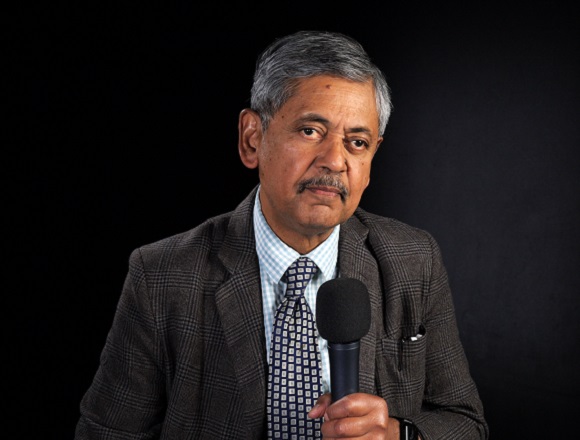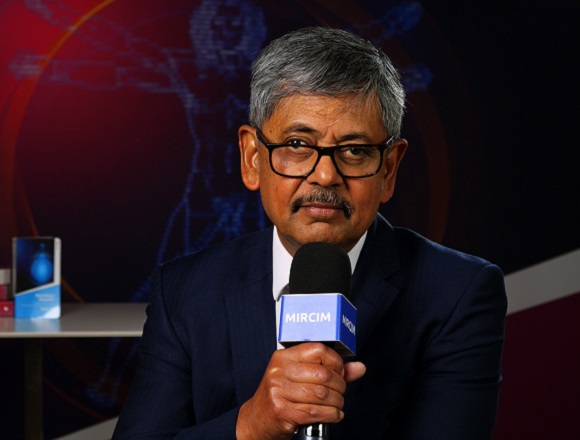Andrzej Maciejczak, MD, PhD, is a professor and head of the Department of Neurosurgery at the University of Rzeszów, Poland.
In what situations should we perform further investigations in patients with sacral pain? Which patients with sacral pain should have imaging studies performed? How to choose among or what are the indications for radiography, computed tomography (CT), and magnetic resonance imaging (MRI) of the spine, respectively?
It’s a very, very, very large topic, but I can say that, first, there are circumstances when the patient needs to have further diagnostics. For example, a patient with osteoporotic fracture. The fracture is easily seen, visible, on plane x-ray. But the problem is [when] the x-ray shows more than one fracture, when it shows multiple fractures. Then [we need] to identify which one is the acute fracture. There is no [other] way to recognize the acute fracture than by sending the patient for an MRI scan because fracture is accompanied by bone marrow edema and edema is best seen on the MRI scan, especially on T2-weighted fat-suppressed pictures, known as STIR sequences. When a patient has multiple osteoporotic fractures and you need to indicate the one that deserves treatment, you’ll need to go for an MRI scan. Of course, it is not in the competence of general practitioners in Poland but it might be possible in other countries where, who knows, an MRI scan is available as a primary care.
Another circumstance that requires further diagnostics is patients with ankylosing spondylitis who sustain injury. It is difficult to overlook injury to the spine unless it happens to patients with ankylosing spondylitis. Even a trivial trauma may produce fracture in ankylosing spondylitis and the fracture may be masked, or the pain produced by this fracture can be masked, by the underlying disease; it means that the pain can be attributed to the ankylosing spondylitis. It is extremely important to exclude fracture in a patient with ankylosing spondylitis after trivial trauma or after even an innocent stumble or jerk. Don’t ignore trivial trauma in patients with ankylosing spondylitis because when overlooked and missed, it may carry catastrophic consequences. The best way to exclude acute fracture—all fractures, not only in ankylosing spondylitis—is CT. CT is a study of choice to exclude fractures. These 2 circumstances—osteoporotic fractures, which require MRI to indicate the acute fracture, and CT in patients with ankylosing spondylitis—will require further diagnostics.
Of course, further diagnostic [workup] is required when you suspect a neoplastic nature of the pain, which aggravates at nights, gets worse at night, and which is progressive in nature. We should suspect this nature of back pain in patients with the history of cancer disease who develop new or different than usual back pain. Further diagnostics in neoplastic disease requires probably [something] more than sending a patient from the level of the primary care.
 English
English
 Español
Español
 українська
українська








